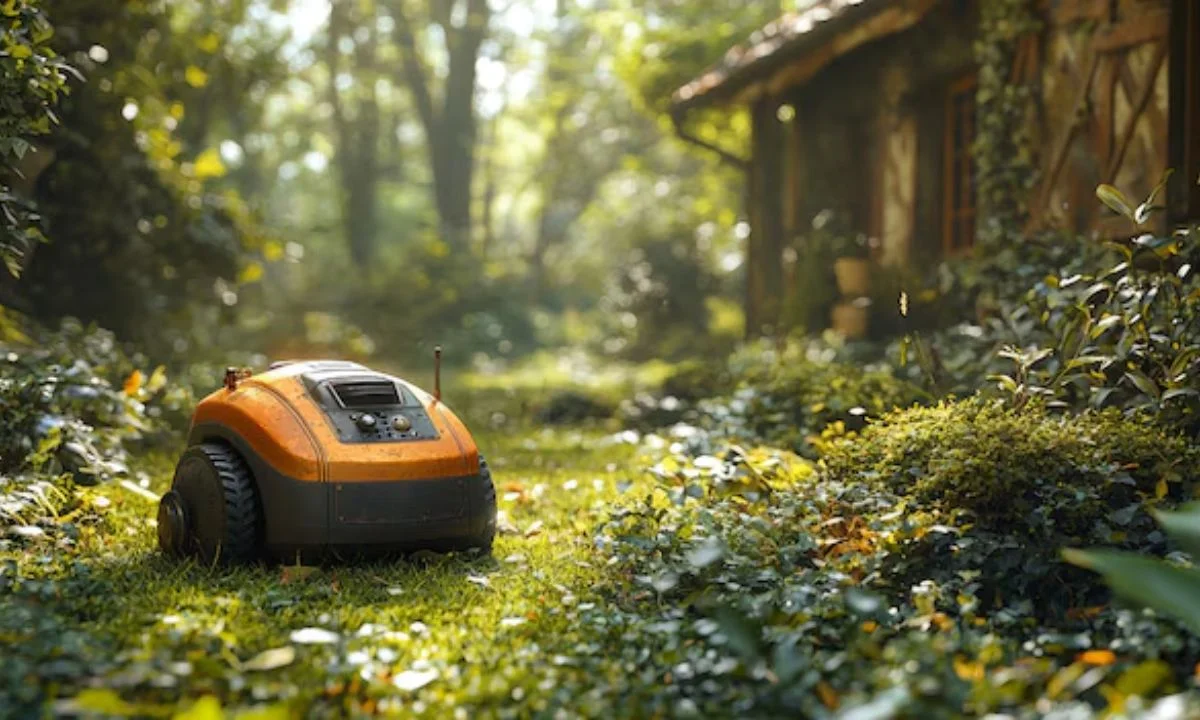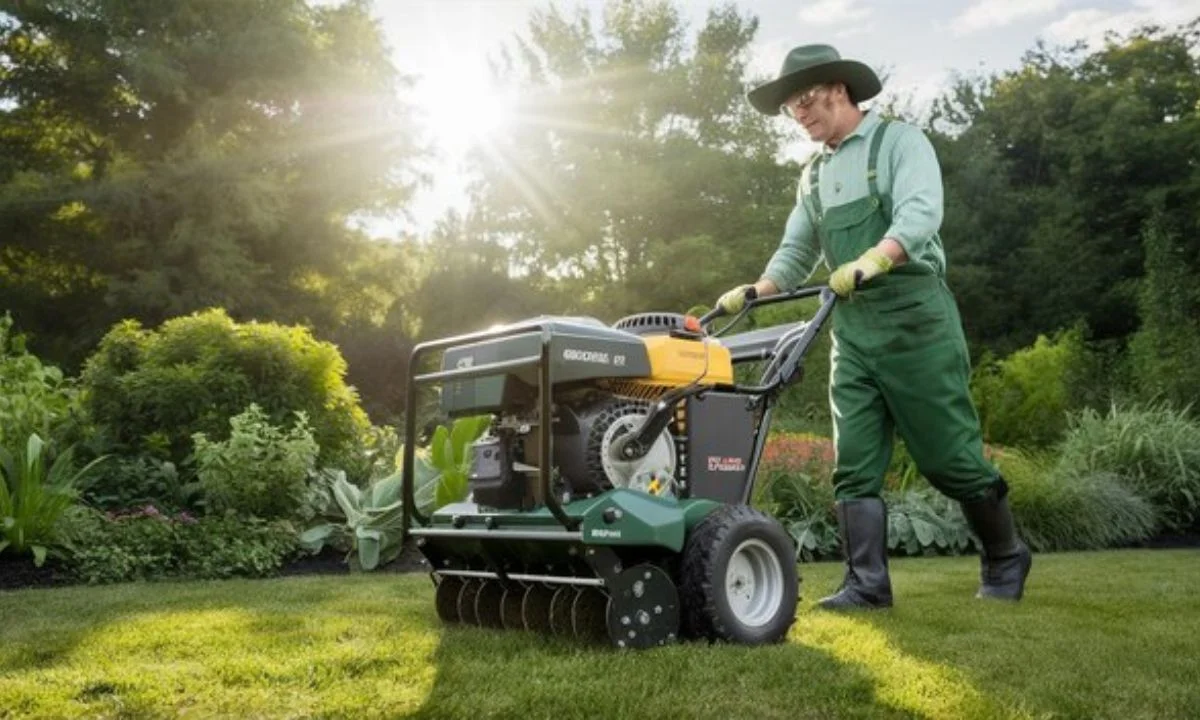If you’ve noticed that your lush green lawn is being overtaken by patches of thick, unwanted grass, you might be dealing with Boreal Alopecurus. This persistent weed can be a challenge to manage, and many homeowners find themselves wondering, Boreal Alopecurus Taking Over My Lawn How to Get Rid of it? In this guide, we’ll explore what Boreal Alopecurus is, why it’s such a problem, and the most effective methods for getting rid of it to restore your lawn to its former glory.
What Is Boreal Alopecurus?
Before diving into removal techniques, let’s understand what Boreal Alopecurus is. Commonly known as meadow foxtail, Boreal Alopecurus is a perennial grass that thrives in cool and moist environments. While it is native to some regions, it can become highly invasive in residential lawns, quickly spreading and crowding out desirable turf grasses.
Boreal Alopecurus has a dense, tufted growth habit and produces seed heads that resemble a foxtail, hence its name. It’s known for its ability to outcompete other grasses due to its vigorous root system, making it difficult to control once it has taken hold in your yard.
Must read Sound Barrier Walls on Highways Polyurea: A Game-Changer for Noise Control and Durability
Why Is Boreal Alopecurus a Problem for Lawns?
Boreal Alopecurus Taking Over My Lawn How to Get Rid? Boreal Alopecurus taking over my lawn can be a homeowner’s worst nightmare, and for good reason. Here’s why this invasive grass is such a problem:
- It Outcompetes Other Grass: Boreal Alopecurus grows quickly, forming dense clumps that push out weaker turf grasses. This results in patchy, uneven areas across your lawn.
- Difficult to Remove: Due to its strong root system, Boreal Alopecurus can be tough to eliminate completely. Pulling it by hand often leaves roots behind, allowing it to regrow.
- Not Aesthetically Pleasing: Unlike the uniform appearance of well-maintained turf, patches of Boreal Alopecurus can make a lawn look unkempt. Its seed heads give it a wild appearance, contrasting sharply with traditional lawn grasses.
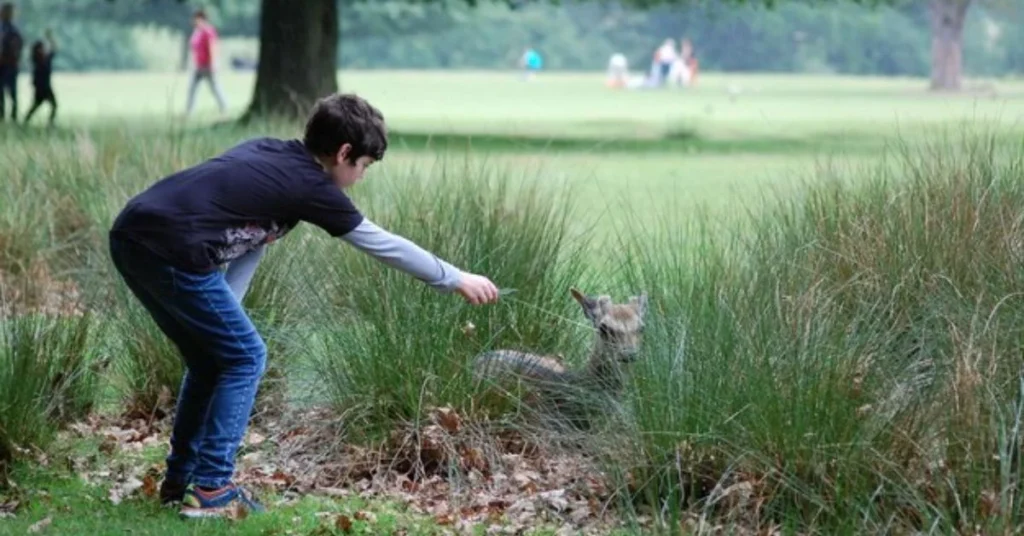
How to Identify Boreal Alopecurus in Your Lawn
Before you tackle the problem, it’s essential to confirm that you’re indeed dealing with BBoreal Alopecurus Taking Over My Lawn How to Get Rid. Here’s what to look for:
- Seed Head Shape: The seed heads of Boreal Alopecurus are cylindrical and resemble a brush or foxtail. They can be up to 4 inches long.
- Growth Habit: This grass grows in dense clumps with narrow, pointed leaves. It often forms patches that spread outwards over time.
- Seasonal Growth: Boreal Alopecurus typically becomes most noticeable in the spring and fall, as it prefers cooler temperatures.
Boreal Alopecurus Taking Over My Lawn: How to Get Rid of It
Boreal Alopecurus Taking Over My Lawn How to Get Rid? Now that you’ve identified Boreal Alopecurus as the culprit, it’s time to explore how to get rid of it. There are several strategies, ranging from manual removal to chemical solutions. Let’s look at these options in detail.
Manual Removal: Pulling and Digging Out the Roots
- Manual removal can be effective for small patches of Boreal Alopecurus. Use a garden spade or weeding tool to dig out the clumps, making sure to remove as much of the root system as possible.
- However, this method is time-consuming and may not be suitable for larger infestations. Be sure to remove the entire root system, as any remaining roots can regrow.
Using Herbicides to Control Boreal Alopecurus
- For larger infestations, herbicides can be a more effective solution. Look for herbicides that specifically target grassy weeds without harming your lawn. Always follow the label instructions for safe application.
- Selective herbicides can help to kill Boreal Alopecurus without damaging surrounding turfgrass. Apply the herbicide during the active growing season for best results.
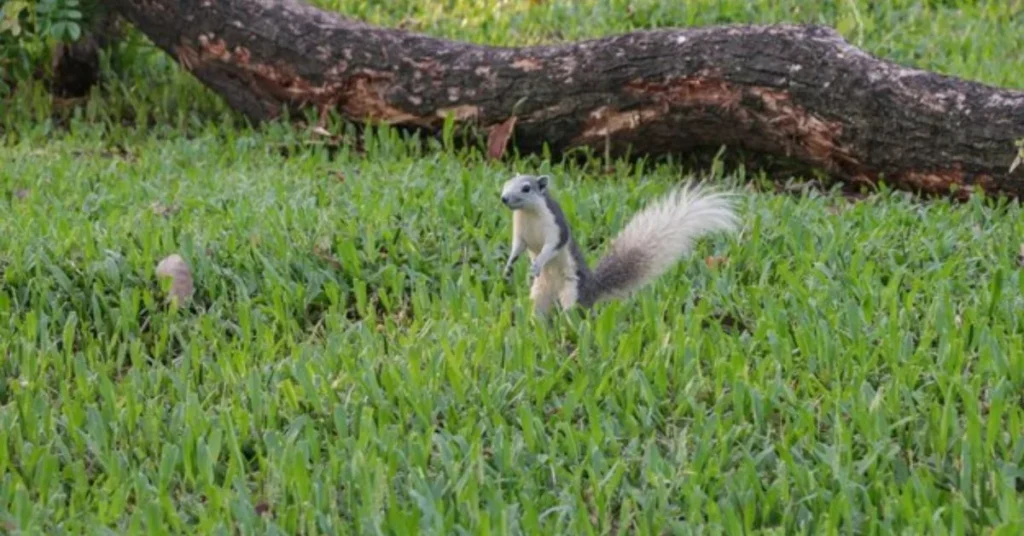
Applying Pre-Emergent Herbicides to Prevent Spread
- Pre-emergent herbicides work by preventing the seeds of Boreal Alopecurus from germinating. This method is best used in early spring before new growth begins.
- By stopping the seeds from sprouting, you can prevent new patches from forming, giving your desired grass a better chance to thrive.
Improve Lawn Care Practices to Strengthen Desired Grass
- Sometimes, improving the overall health of your lawn can help it outcompete Boreal Alopecurus. Proper fertilization, regular mowing, and watering can strengthen your lawn’s grass and make it less susceptible to invasion.
- Overseeding with a dense grass variety can also help fill in bare spots, reducing the chances for Boreal Alopecurus to take root.
Soil Management: Adjusting Soil pH
- Boreal Alopecurus prefers acidic soils, so adjusting the pH of your soil can help discourage its growth. Consider testing your soil and applying lime to raise the pH if needed.
- A pH level closer to neutral is ideal for most turfgrasses, and making your soil less hospitable to Boreal Alopecurus can reduce its spread.
Tips for Preventing Boreal Alopecurus from Coming Back
Boreal Alopecurus Taking Over My Lawn How to Get Rid? After you’ve managed to control Boreal Alopecurus, the next step is to keep it from returning. Here are some preventive tips:
- Regular Lawn Inspections: Periodically check your lawn for any new patches of Boreal Alopecurus. Catching new growth early makes it easier to address.
- Maintain a Healthy Lawn: A thick, healthy lawn is less likely to be invaded by unwanted grasses. Regularly fertilize, aerate, and mow your lawn to keep it in top condition.
- Apply Pre-Emergent Herbicides Annually: Using pre-emergent herbicides every spring can prevent new seeds from germinating, keeping Boreal Alopecurus at bay.
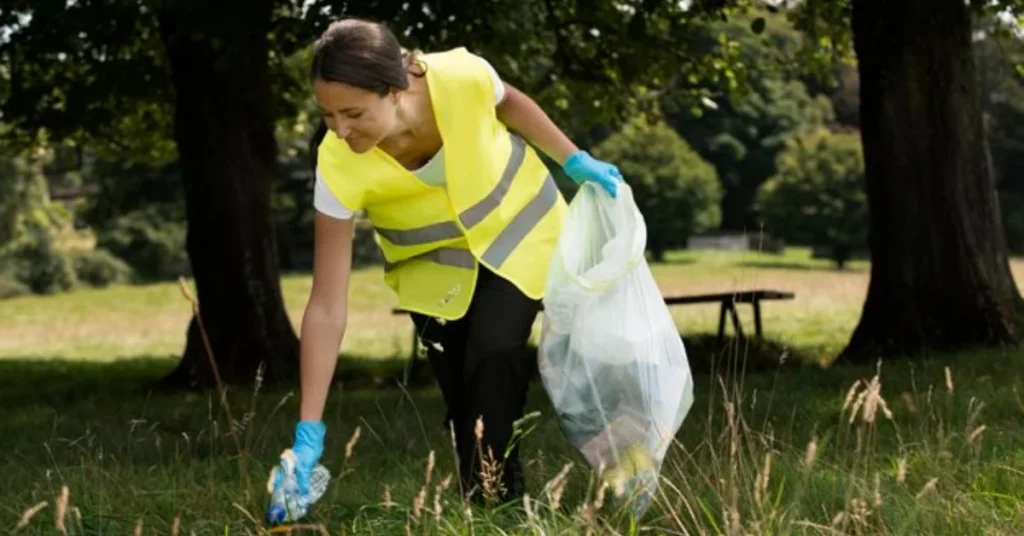
Conclusion: Reclaim Your Lawn from Boreal Alopecurus
Boreal Alopecurus Taking Over My Lawn How to Get Rid? Having Boreal Alopecurus taking over your lawn can be frustrating, but with the right approach, you can get rid of this invasive grass. Whether you opt for manual removal, herbicides, or a combination of methods, the key is persistence and maintaining a healthy lawn. By staying vigilant and taking preventive steps, you can restore the beauty of your lawn and enjoy a lush, green space free from unwanted invaders
.For more information on Boreal Alopecurus Taking Over My Lawn How to Get Rid managing invasive weeds, you might find these resources helpful: University of California’s Integrated Pest Management and The Lawn Care Institute. Remember, with a little effort and the right strategy, you can take control of your lawn once again!
What is the best time of year to get rid of Boreal Alopecurus?
The best time to tackle Boreal Alopecurus is during the spring and fall when it is actively growing. Herbicides tend to be more effective during these periods, and manual removal is easier when the soil is moist.
Can I use natural methods to get rid of Boreal Alopecurus?
Yes, methods like manually pulling out the grass and adjusting soil pH are natural ways to manage Boreal Alopecurus. However, for large infestations, you may need to combine these methods with herbicides for better results.
Will mowing my lawn help control Boreal Alopecurus?
Mowing can help to prevent Boreal Alopecurus from producing seeds, but it won’t eliminate established plants. Mowing alone is not a long-term solution, but it can be part of an integrated approach.
Are there specific herbicides recommended for Boreal Alopecurus?
Herbicides containing ingredients like glyphosate or sethoxydim can be effective against Boreal Alopecurus. Be sure to use a selective herbicide if you want to preserve the surrounding grass.
How long does it take to get rid of Boreal Alopecurus completely?
The time it takes to eradicate Boreal Alopecurus depends on the size of the infestation and the methods used. It can take a few weeks to a couple of seasons for complete removal, especially if you’re using a combination of manual methods and herbicides.







